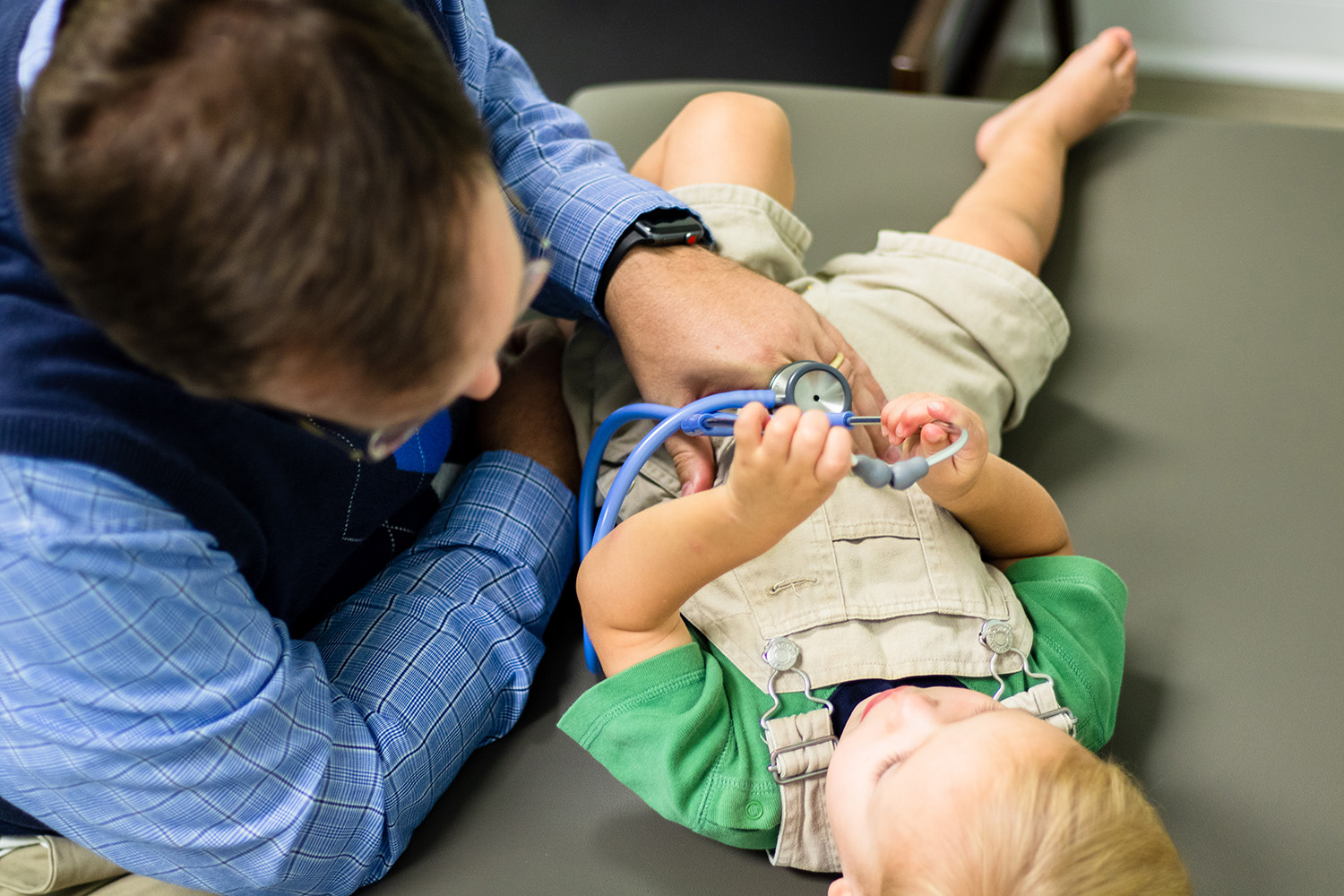
12 May 5 Environmental Changes That Can Improve Your Child’s Spring Allergies
There’s nothing quite like springtime. Flowers blooming, warmer weather, and sunshine are some of the best parts of spring. Unfortunately for some, springtime also comes with sneezing, nasal congestion, and itchy eyes. What’s the culprit behind these irritating symptoms? From March to May, particles of pollen are released into the air and cause people who have allergies to experience cold-like symptoms.
If your child has been sneezing and experiencing a runny nose and itchy eyes, there’s a good chance they have a pollen allergy. According to CHOP, “seasonal allergies may affect up to 40 percent of children.” While there’s no way to magically make these allergies disappear, there are several precautions you can take as a parent to improve the conditions of your child’s allergy. Below, we dive into five ways you can improve your environment to help control pollen in your household!
Close Your Windows
Ensuring your home is pollen-free is crucial to overcoming spring allergies. How can you prevent pollen from entering your home? It’s simple – close your windows! It may be tempting to save on your energy bill and let the spring air flow through your home, but unfortunately, on days with high pollen counts, your little one will inevitably suffer. Close all windows and use your air conditioning and an air purifier to keep your child’s allergies at bay. This rule also applies to when you’re on the road – use your car air conditioning instead of rolling down the windows on days with a high pollen count.
Frequent Showers
Whether your child was at school, sports practice, or on a play date, you’ll want to make sure your child showers before bedtime. When they’ve been outside, particles of pollen accumulate on their clothes, skin, and hair – which increases their allergy symptoms. A good practice to follow is to have them take a hot shower or bath to remove all traces of pollen before bedtime. Use soap and hot water to remove pollen, and to also help alleviate allergy symptoms. Follow their shower by dressing them in fresh, clean clothes, and putting their worn clothes into the laundry bin.
Spring Cleaning
Spring cleaning is paramount in keeping allergies at bay. In addition to keeping windows shut, you’ll also want to make sure your home is free of pollen particles. Regularly sanitize areas like your kitchen, living room, bathrooms, and bedrooms, and wash blankets, bedding, pillows, and clothing frequently. You’ll also want to make sure your car is getting cleaned on a regular basis. Pollen can easily accumulate on vehicles, so regularly hose off your car, as well as vacuuming and sanitizing the interior.
Adjust schedule
The good thing about spring allergies, is that some days are better than others! On days with lower pollen levels, take advantage of outdoor activities, while days with a higher pollen count, you’ll want to be more cognizant of the amount of time you spend outside. Make sure your child is prepared for high pollen count days by taking medication and showering before bedtime. You’ll also want to make sure bedroom windows are closed on days when pollen levels are high. Track pollen levels here.
Bathe Pets
You may not realize, but pets can carry pollen too! When you take your dog on walks, pollen particles accumulate on their coat. When they come inside and lay on the rug, couch, or floor, they are transferring pollen particles. A good rule to follow is to hose them off after walks, or, bathe them frequently. Simply wash them with warm water and soap to clean them off from all particles of pollen.
Interested in consulting a doctor about your child’s spring allergies? Dockside Pediatrics is located in Wilmington, NC and provides next-day appointments. Contact us today to schedule an appointment!


